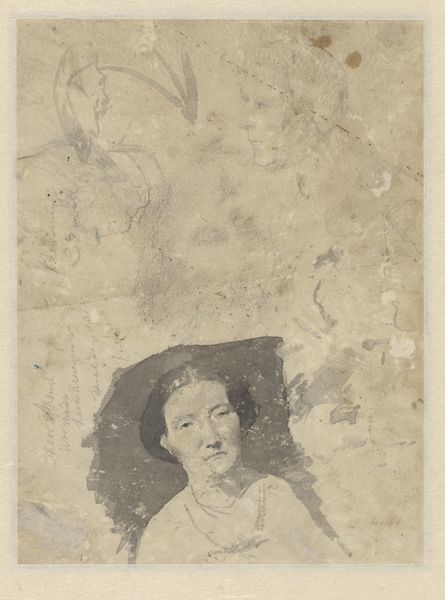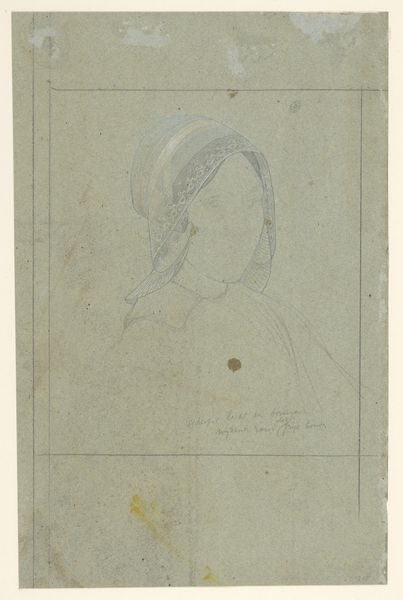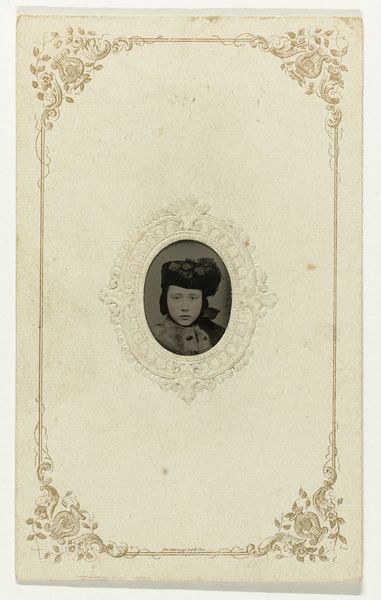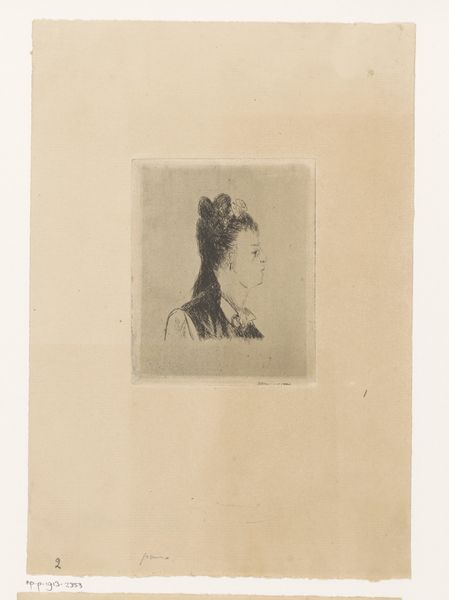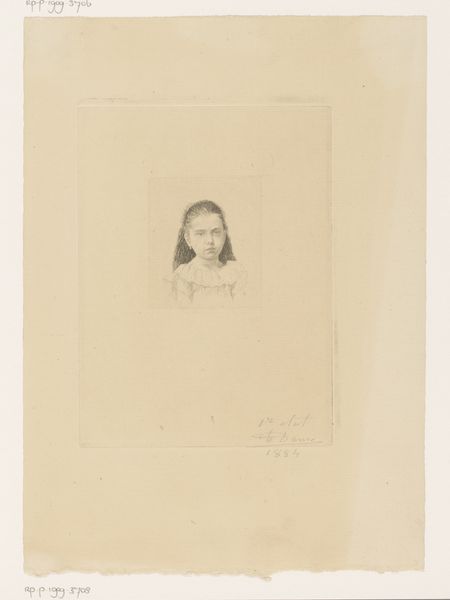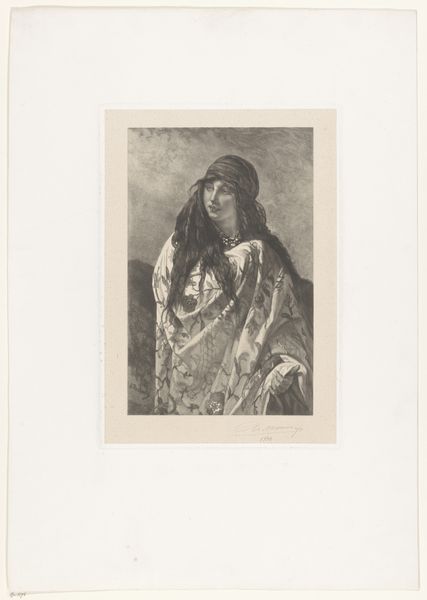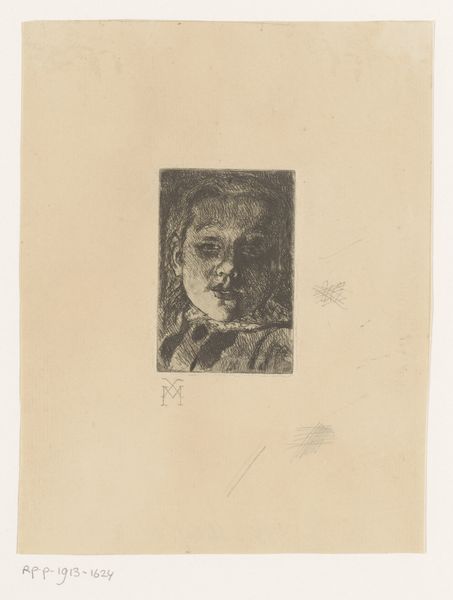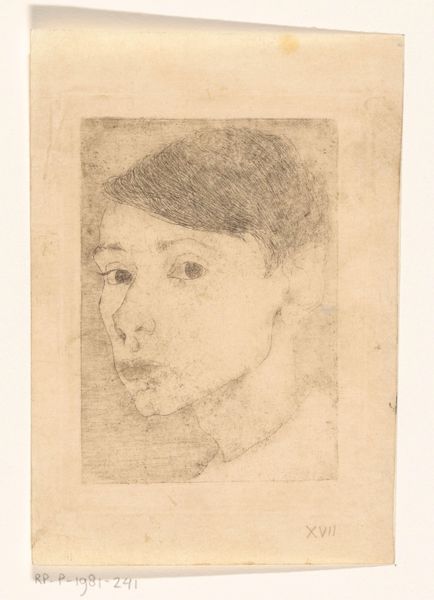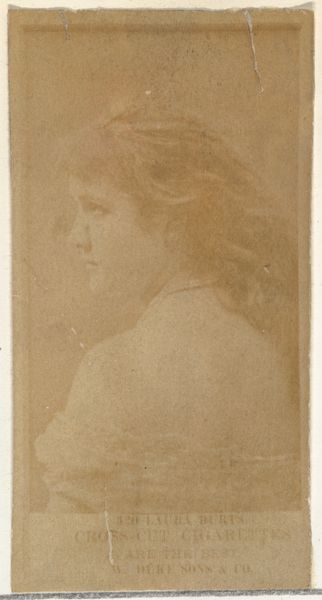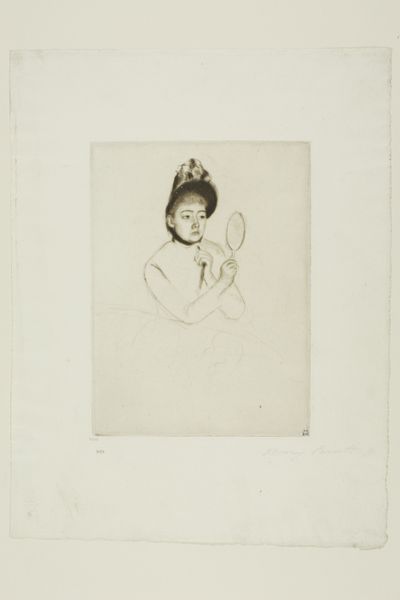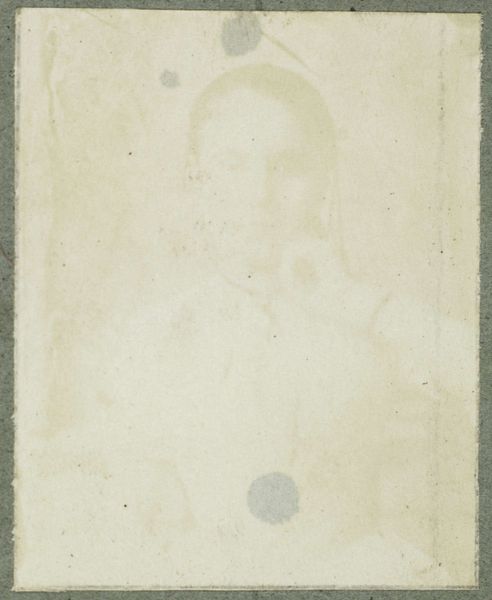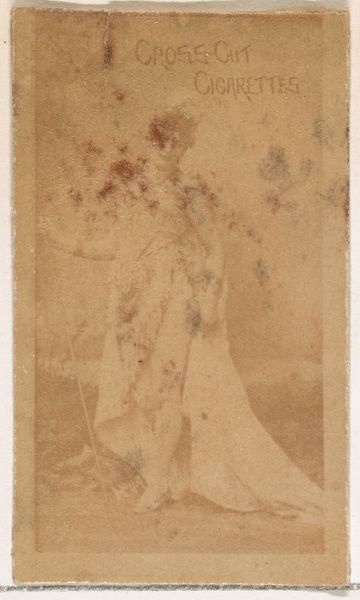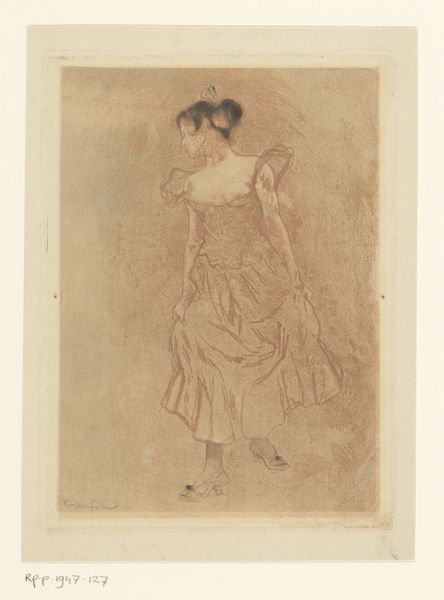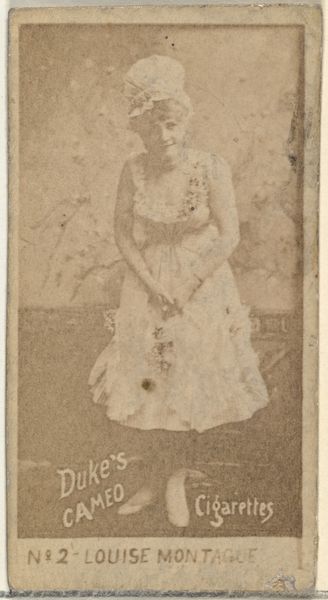
Dimensions: 242 × 200 mm (primary support); 353 × 262 mm (secondary support)
Copyright: Public Domain
Editor: This is Paul Gauguin's "Bust of a Tahitian Woman," created in 1894. It's a watercolor on paper, and there’s a delicate, almost faded quality to it that makes me wonder about its creation and purpose. How do we interpret this work through a historical lens? Curator: Considering the historical context, this image is far from innocent. Gauguin’s depictions of Tahitian women, while seemingly celebrating their beauty, are deeply entrenched in colonial power dynamics. Think about it: a European artist representing a culture he exoticizes. Editor: Exoticizes... How so? Curator: By presenting a simplified, romanticized version of Tahitian life. The art market in Europe had an appetite for these kinds of images, fueled by orientalist fantasies. It wasn't about authentically representing Tahitian culture; it was about creating a commodity that fit European expectations and desires. What do you observe regarding his technique and his choice to represent it via drawing? Editor: The looseness of the watercolor is striking. It doesn’t seem as carefully rendered as some of his paintings. Was he deliberately trying to portray an idealized, easily consumable vision? Curator: Precisely. He uses the medium of drawing in this representation perhaps in a more ‘naturalistic’ attempt, to create an authentic vision as a white European subject imposing his views upon the other; in this instance it takes shape through water colour paint. Gauguin was not unique; consider other artists of the era like the French photographer Louis-Antoine Roussel. How does acknowledging this shift our perspective? Editor: It definitely complicates my initial appreciation. Now, I see a layered work, beautiful, yes, but also problematic in terms of its representation and the dynamics involved in its creation and reception. I feel differently than when I approached it at first glance. Curator: Exactly. Examining art within its socio-political context unveils these complexities, forcing us to confront uncomfortable truths about power, representation, and the market. The politics of imagery and the public role of art shape, not only the value of artworks but what it represents as well.
Comments
No comments
Be the first to comment and join the conversation on the ultimate creative platform.
